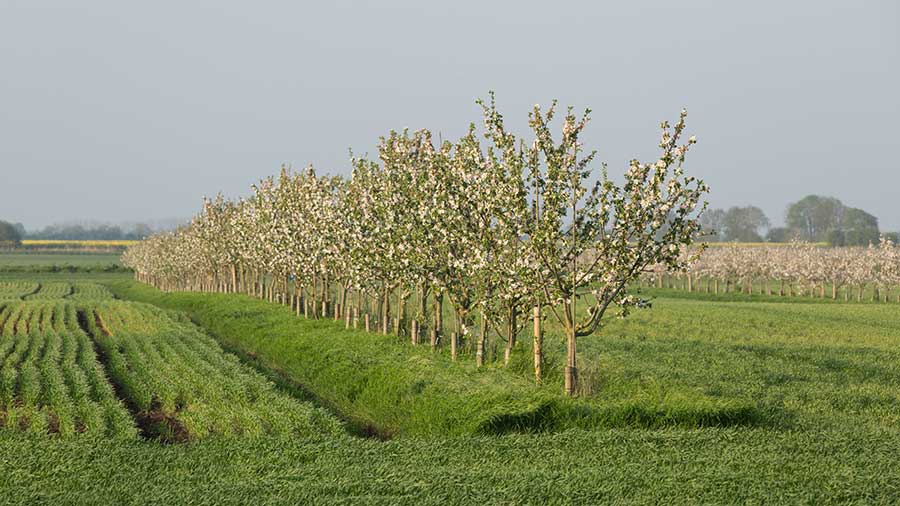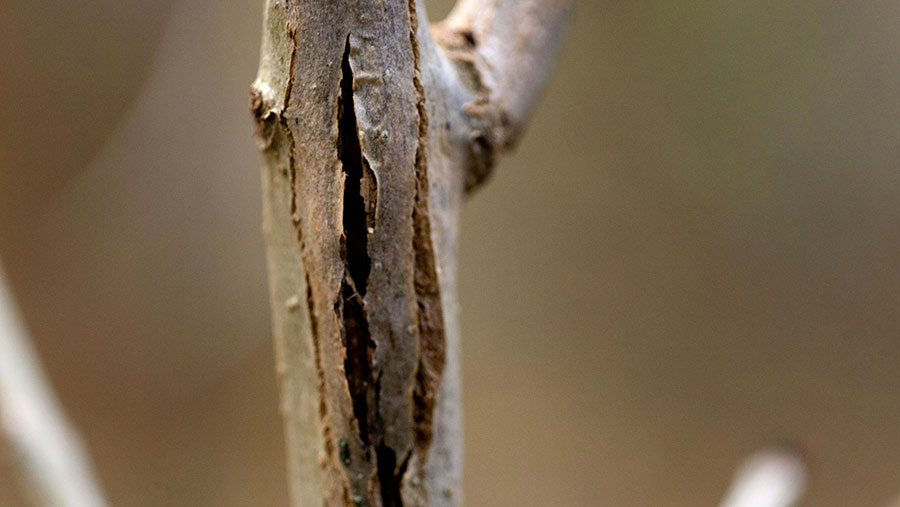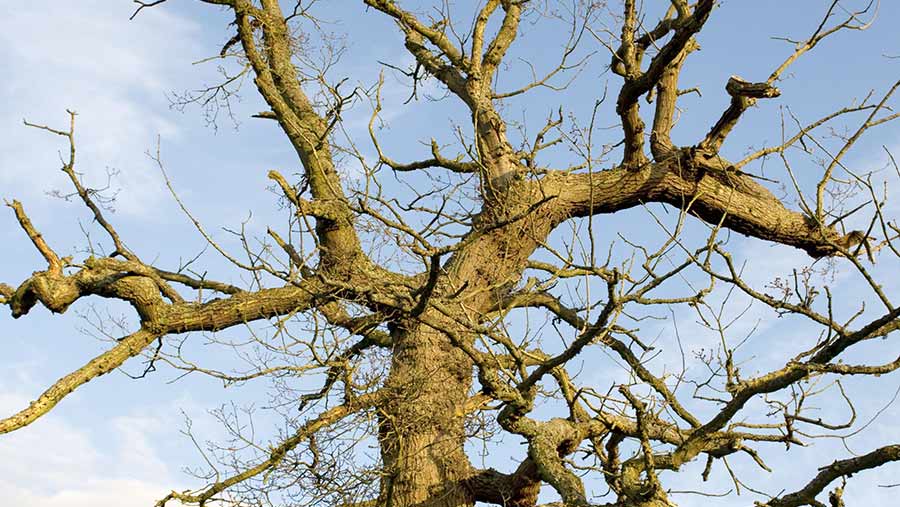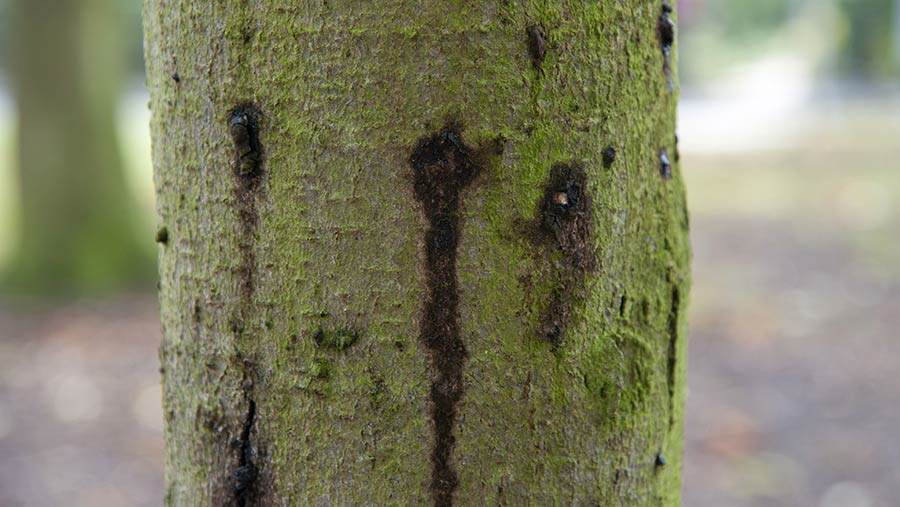Why planting trees can improve farm performance
 © Tim Scrivener
© Tim Scrivener Trees and hedgerows might shape the appearance of the Great British countryside, but their role goes way beyond simply looking pretty.
From improving animal welfare to mitigating the effects of drought and reducing soil erosion, our trees and woodland are critical to protecting the environment and building resilient farm businesses.
But how much do farmers really know about the benefits of trees? What are the challenges they face in managing woodland? And what role could trees play in post-Brexit farm policy?
Following a similar survey carried in 2016, Farmers Weekly and the Woodland Trust asked more than 700 farmers for their thoughts on woodland, and how they think their futures are linked to trees.
See also: Ultimate Guide: How to plant trees on your farm
Management
The good news is that farmers are planting more trees than they are removing. However, about a quarter say trees are a significant concern for them, with the maintenance and management of woodland being their biggest worry.
“From the comments respondents made, it’s clear that people have a passion for planting trees and hedgerows, but they don’t necessarily have the expertise to manage them and to realise their potential,” says Helen Chesshire, Woodland Trust senior farming adviser.
“Part of the problem is that previous farm policies have put a barrier between agriculture and agroforestry, so people haven’t had the time, the funding or the knowledge to maintain them properly.”
Mrs Chesshire says managing trees and woodland doesn’t have to be complicated, but it’s important to seek advice – especially if farmers want to capture all of the potential benefits trees and woodland offer.
“Advice is key, and will be particularly critical in any new schemes developed post-Brexit,” she says.
“Access to specialist, trusted advisors – whether through the Woodland Trust, the Forestry Commission or consultants – will not only help farmers ensure they are managing the landscape properly, but help them improve the farm performance through things like shelter, soil quality and new products such as fruit or timber.”
Disease
Almost all (99%) of the farmers said tree pests and diseases were a significant or slight threat to the UK’s rural landscape.
Of the tree diseases present in the UK, ash dieback was identified as the biggest problem, with almost a quarter of farmers (24%) saying it was already on their land. A further 45% said they were worried it would reach them in future.
Fewer farmers reported seeing other diseases such as acute oak decline and Phytophthora on their farms (3.75% and 2.6% respectively), but a quarter were concerned about acute oak decline affecting their trees, and 10% were worried about Phytophthora.
Dr Matt Elliot, Woodland Trust conservation advisor, says the potential for tree diseases to radically alter the UK’s landscape meant farmers are right to be concerned.
“Ash, for example, is an important hedgerow and tree species, which moved in to fill the gaps left by Dutch elm disease,” he says.
“Now ash is under pressure from ash dieback, a disease that will eventually lead to the loss of at least 80% of ash trees across the UK, leading to a dramatic reduction in connectivity for wildlife across the countryside.”
Dr Elliot says the majority of UK landowners have started to see ash dieback first hand – with cases being more noticeable in the North this year – making planting critical.
“In many parts of the country deer pressure is high and therefore natural regeneration of trees and shrubs is not happening,” he adds. “It is therefore very important that we try to mitigate the effects of tree disease through planting more trees in hedgerows and beyond.”
Building resilience
The majority of farmers recognise trees can benefit land management in some way, whether that’s helping wildlife thrive, reducing soil erosion, or simply improving the landscape’s appearance.
Some of the benefits trees can bring to farm businesses are less well-known however, with just 11% recognising they can extend the growing season by increasing soil temperatures, and 13% knowing they can improve crop water efficiency.
Less than 20% knew they could help reduce emissions from livestock housing.
“There’s still a lot of research being done into the way trees can help farms, but there is a growing amount of evidence that they can bring long-term benefits to the environment and businesses,” says Mrs Chesshire.
“Aside from the diversification opportunities, such as providing fuel or game bird cover, research has shown that trees have a real potential to capture ammonia from livestock enterprises, and as part of a wider mitigation plan, can play a valuable role in reducing emissions.
“With this year’s drought there’s also increasing evidence to show that shelter belts and planting trees in the right place will reduce water loss from the soil, making more available for the crop rather than evaporating.
“And anecdotally, in the UK farmers say they are getting extended growing seasons, with grass growing earlier in the spring and later in the autumn,” she adds. “It’s for all of these reasons we think planting trees should be a part of modern, resilient farming.
Perhaps most significantly in terms of building business resilience, however, is the potential place for agroforestry in future farm policy.
“If we go down the route where farmers are to be supported for providing goods and services, trees will be a useful tool to access the funding as they help deliver a range of public goods such as improved air quality or enhanced beauty,” says Mrs Chesshire.
“What will be important is showing what we are delivering in terms of public and environmental goods.
“We are already working with a broad spectrum of farmers to put our research into practice and build on our knowledge base.
“For farmers thinking about how they might deliver public goods and meet future regulations, trees could be a win-win solution.”
Tree diseases you might see on your farm
Ash dieback
Usually fatal to ash trees, ash dieback is a fungus that causes long, thin diamond-shaped lesions where the stem or branch joins the trunk of a tree. It also causes leaves to blacken and twigs to die back.

Acute oak decline
Acute oak decline is believed to have a number of causes, including drought stress and bacterial infections linked with a bark beetle.
Mostly affecting mature oak trees, the disease causes black weeping patches on stems and trunks, splits in the bark and a thinning canopy. It’s not necessarily fatal, but severely affected trees will die within five years.

Phytophthora
A group of parasitic fungi, Phytophthora cause brown rot in many species of trees, including larch, alder, juniper bushes and Lawson cypress trees.
Symptoms include wilted and withered shoot tips and weeping patches on the upper trunks and branches.

What can I do?
If you spot any of these disease you should notify the Forestry Commission before seeking advice on how to mitigate their impact through regenerative planting strategies.
Sponsor’s message

Agroforestry describes farming systems that combine trees or shrubs with agricultural crops or livestock.
It is a land management approach with multiple benefits.
It can enhance farm productivity, increase wildlife, improve soil health and animal welfare, manage water flow and contribute to climate change mitigation.
Agroforestry can be designed in a way that avoids potential trade-offs between food production and the delivery of public goods.
The Woodland Trust can provide advice and funding in some cases for farmers interested in finding out more, visit woodlandtrust.org.uk/plant or call 0330 333 5303.
